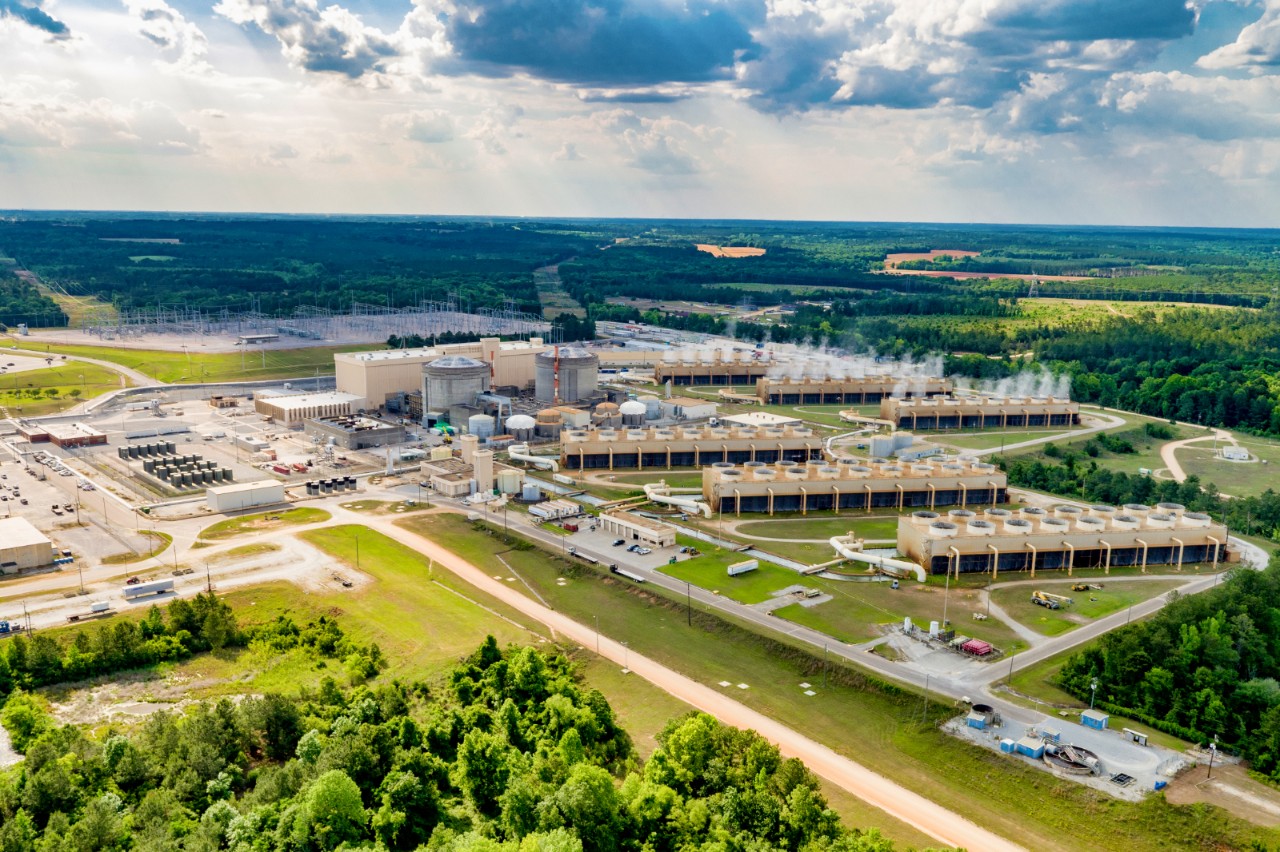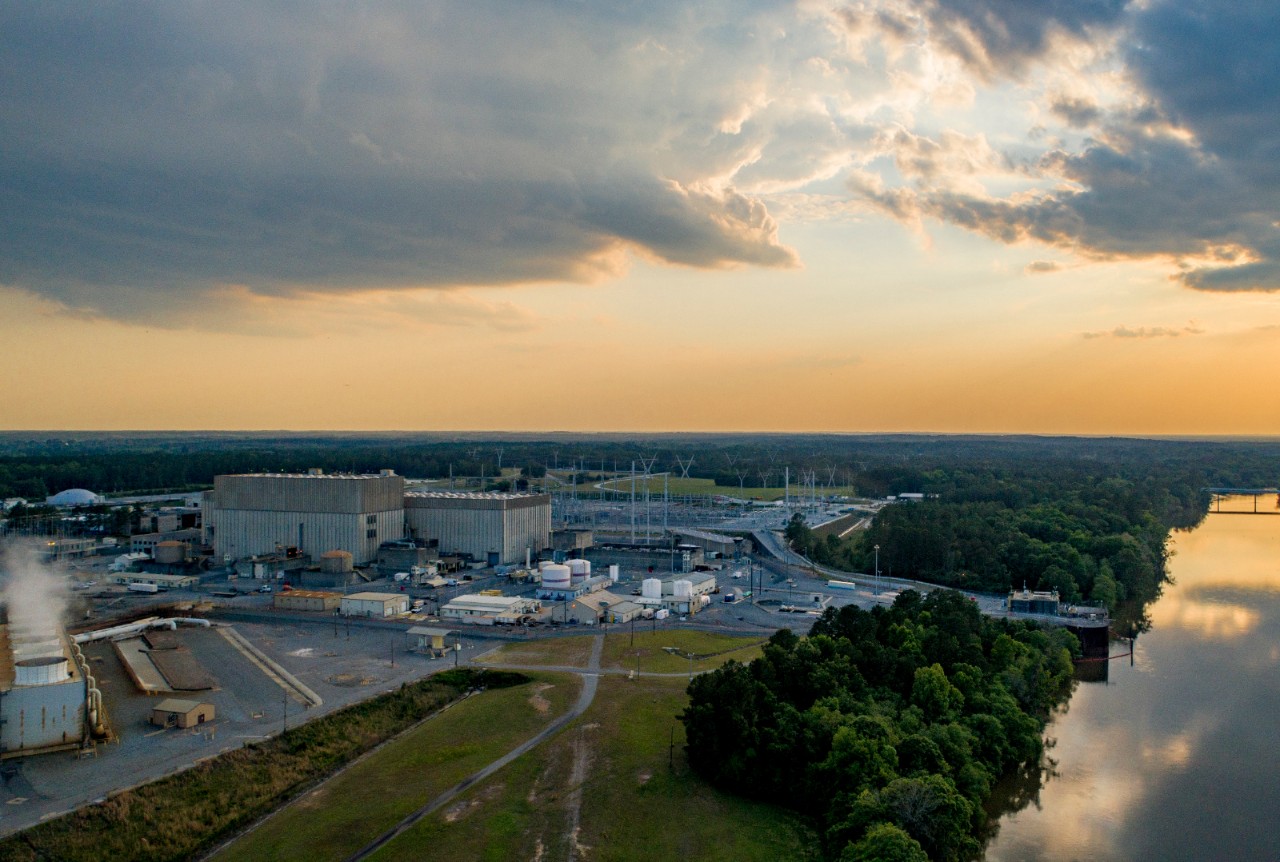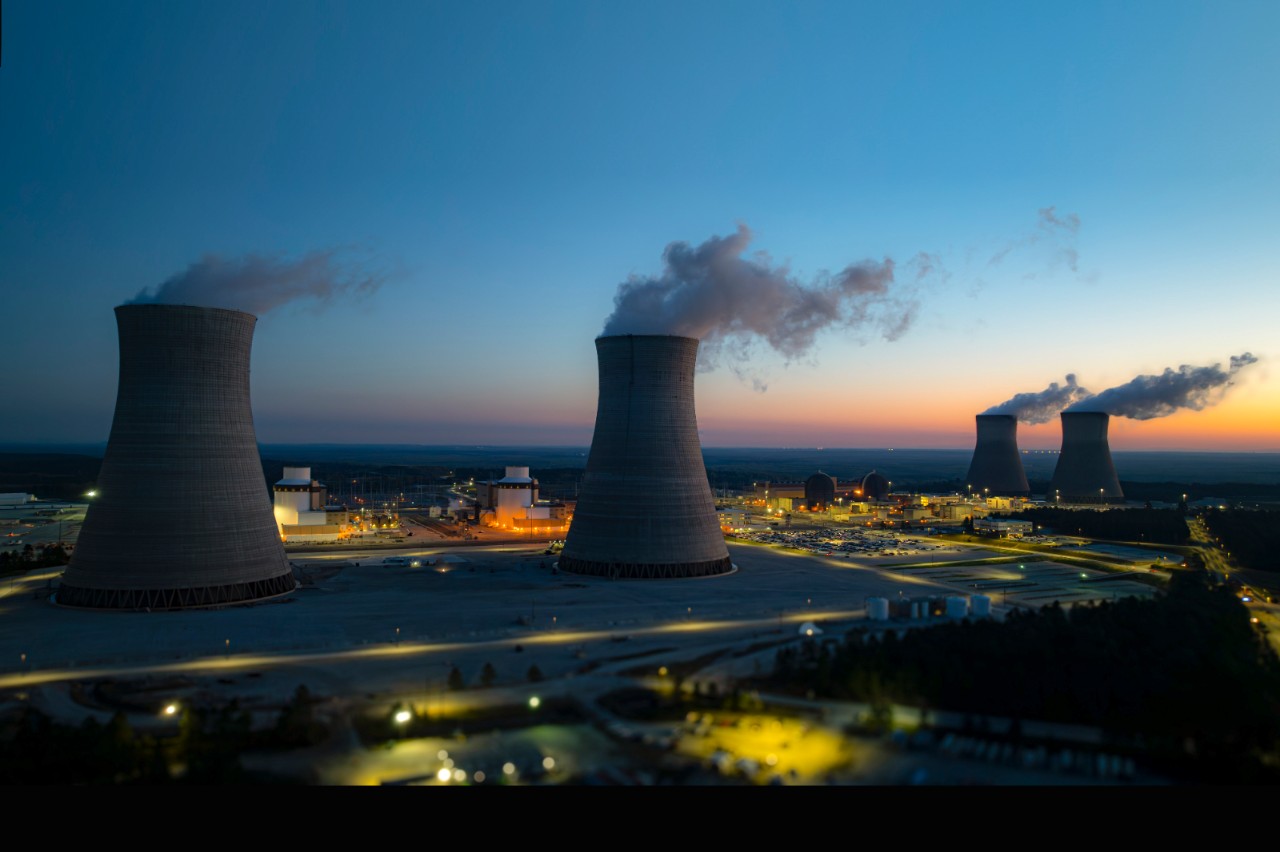Nuclear Energy Education Resource Hub
Explore the world of nuclear energy with engaging teaching materials for all ages, interactive plant tour information and more.
Learning is a journey, and we’re here to support yours. Our videos and resources keep you informed and inspired in the ever-evolving nuclear energy industry. Whether you’re a community member curious about nuclear power, an employee advancing your career, an educator, or a student exploring possibilities, we provide the tools to ignite your passion and grow your knowledge.
Virtual Learning
How Nuclear Powers Your Life
Nuclear in a Nutshell – The Environment
Nuclear Words to Know
See All
Chain reaction — a nuclear reaction that initiates a series of subsequent reactions.
Cold shutdown — when the cooling-water temperature in the reactor is below the boiling point and the pressure is reduced to atmospheric pressure.
Coolant — a fluid, usually water, used to cool a nuclear reactor and transfer heat energy.
Containment — the steel and concrete structure, along with the various components, that surround and isolate the reactor.
Contamination — the presence of unsealed sources of radioactive material in a place where it is not desired.
Control rods — movable rods used to slow down or stop a nuclear chain reaction.
Core — the central part of a nuclear reactor that contains the fuel assemblies.
Curie — the basic unit used to describe the strength of radioactivity in a sample of material.
Dosimeter — a device that can be worn and used to measure the radiation a person receives over a period of time.
Emergency Core Cooling System — an emergency system designed to return coolant to the reactor core if coolant is lost.
Emergency Planning Zone (EPZ) — the 10-mile area around the plant. This area is required to have special emergency plans.
Fission — the splitting or breaking apart of atoms into two or more new atoms. The process releases energy and produces heat.
Fuel assemblies — a group of fuel rods.
Fuel pellets — pencil eraser-sized uranium oxide pellets. A reactor core may contain millions of pellets.
Fuel rods — long, hollow tubes of zirconium metal that contain stacks of fuel pellets.
Half-life — the length of time it takes for a radioactive substance to lose one-half of its radioactivity.
Millirem — a unit used to measure radiation dose.
Nuclear Regulatory Commission (NRC) — the government agency that regulates the nuclear power industry.
Plume — something such as smoke, steam or water that rises into the air in a tall, thin shape.
Radiation — energy released in the form of tiny particles or electromagnetic waves. Radiation is also emitted when you have a medical x-ray.
Reactor core — the central portion of a nuclear reactor containing nuclear fuel, water and the control mechanism, as well as the supporting structure.
Reactor trip (SCRAM) — refers to the insertion of control rods into the fuel core of the reactor, stopping the fission process.
Reactor vessel — the thick steel vessel that contains the fuel, control rods and coolant.
Roentgen Equivalent Man (REM) — common unit used for measuring human radiation doses, usually in millirem (1,000 millirem = 1 rem).
Shielding — any material, such as lead or concrete, used around a nuclear reactor to protect workers and equipment.
Spent fuel — Nuclear reactor fuel that has been used to the extent that it can no longer effectively sustain a chain reaction.
Uranium — a radioactive element found in natural ores. Uranium is the basic fuel of a nuclear reactor.
Schedule a Nuclear Plant Tour
Are you interested in touring one of our facilities to learn how nuclear energy is helping power your community?

Plant Farley
Call the Farley Energy Education Center staff at 334-661-2861.

Plant Hatch
Call the Hatch Energy Education Center staff at 1-800-722-7774.

Plant Vogtle
Contact the Vogtle Energy Education Center at veec@southernco.com.
Emergency Planning
The safety of our employees and neighbors is our number one priority. We have comprehensive emergency plans in place – in partnership with local, state and federal agencies – that prepare for the unexpected and provide layer upon layer of redundant safety features.